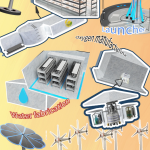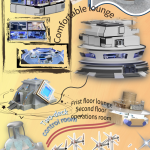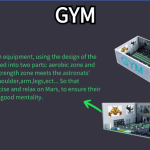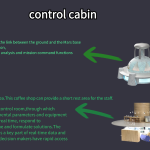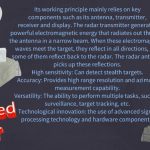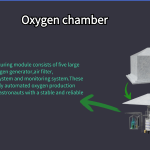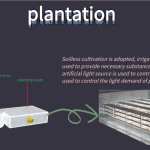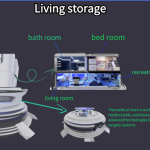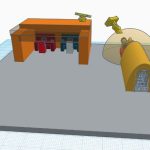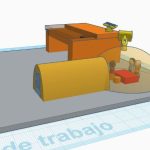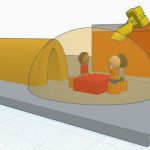Colonizing Titan by Attack on Titan
West Island College Calgary-Alberta Canada 14 years old 2 / 2 English Saturn’s moons
Project description
Imagine a world where humans venture to the frigid surface of Titan, Saturn’s moon, with a possibility to explore a new and exciting environment for living. We start the colonization process by deploying drones to Titan to kickstart the process of creating a habitable environment for humans. Secondly, the drones on Titan will start building domes and fusion reactors for the future of human colonization though the process of electrolysis. Finally, we will start sending humans up on Titan once the habitat has been created. The trip from Earth to Titan will take about 7 years using current technology.
Since Titan has an abundance of water resources from lakes and oceans, we can use that to alter the temperature and atmosphere through the process electrolysis. First, we convert the water into oxygen and hydrogen. Then we store the hydrogen and release the oxygen into the atmosphere. Once enough oxygen has accumulated we ‘set the atmosphere on fire’ by converting oxygen and methane into water and carbon dioxide. By doing this, the atmosphere is warmed and makes the air breathable for humans. To add on, we will also put plants on Titan to transform carbon dioxide into oxygen. The hydrogen collected from earlier will re-power the fusion reactors.
To solve the concerns of an energy source, according to NASA, the surface of Titan not only has flowing methane and ethane, but there are also lots of lakes filled with liquid natural gas (LNG). “The liquefied power generation medium by means of LNG is pressurized with pump and subsequently gasified by being heated up with heat exchanger to produce high pressure gas. The depressurization of high-pressure gas utilizing power generation equipment called Expander generates electric power. Resulting low-pressure gas repeats the same process to produce electric power continuously.” Quoted by chiyodacorp.
In addition to the atmosphere and surface temperature, Titan is a cold planet with a nitrogen thick atmosphere. The average temperature on Titan is –179.6 Celsius, with the surface of the planet filled with lakes composed with methane and ethane over its rocky surface that’s mainly covered in mountains.
Titan has a gravitational force of 0.138g, which is slightly less than the moon. Titan has a nitrogen dense atmosphere. Humans do not need to wear pressure suits while walking on Titan, but if they leave the dome, they need to wear an oxygen mask. Humans could walk or bounce, but this raises the risk of low bone density and low muscle density. As a solution, regular and intensive exercise is required to keep the human body healthy. Titan’s air pressure is 60% more than Earth’s. This can be an issue since a rapid increase in air pressure can result in joint pains and headaches. To solve this problem to decrease air pressure, you replace the nitrogen and oxygen with water vapor. In addition, there is a decompression chamber that can be used in emergencies.
Although Titan does not have a magnetic field of its own, it is surrounded by Saturn’s rapidly rotating magnetic field. The Field drapes over Titan creating a comet-like tail around the moon. The nitrogen thick atmosphere spreads across Titan and acts as protection from the radiation.
We are planning to use hydroponics in domes that’s on the surface of Titan. We are planning to make the pots of the plants constantly spinning to create more gravity for the plants to grow properly. For water sources we decided to utilize the ocean under the crust of Titan due to its little component of methane and primarily water. We will then separate the methane from water through aeration.
To conclude, the journey of conquering Titan will be an ongoing process with much more modifications needed to suit the lifestyle of us humans. The colonization of Titan is not only for the mere advantage of the generation of our Homo Sapiens but also looking forward towards the future of human history.
#3D Design
Other Projects
Scientific research and livelihood support
Zhengzhou City, Henan Province – China
Alhaurín de la Torre – Spain



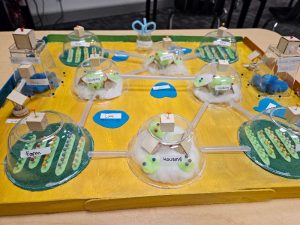
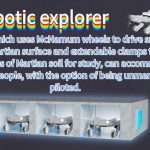



-150x150.png)
